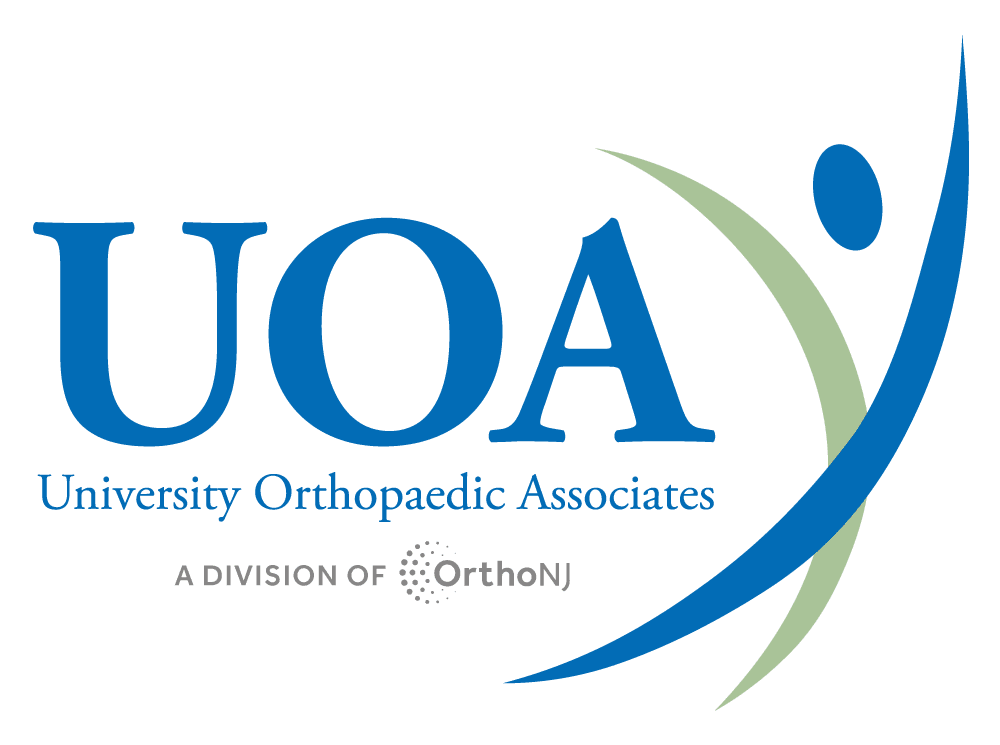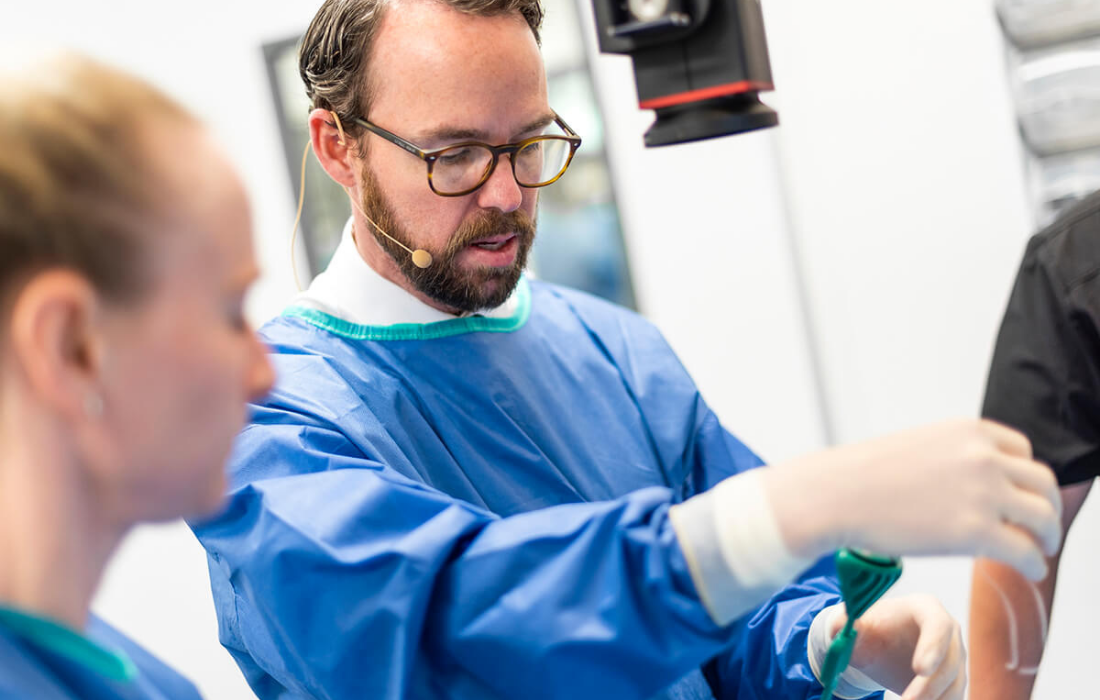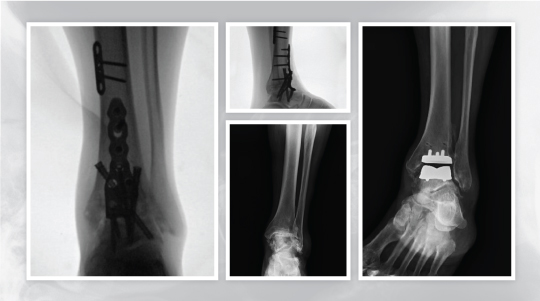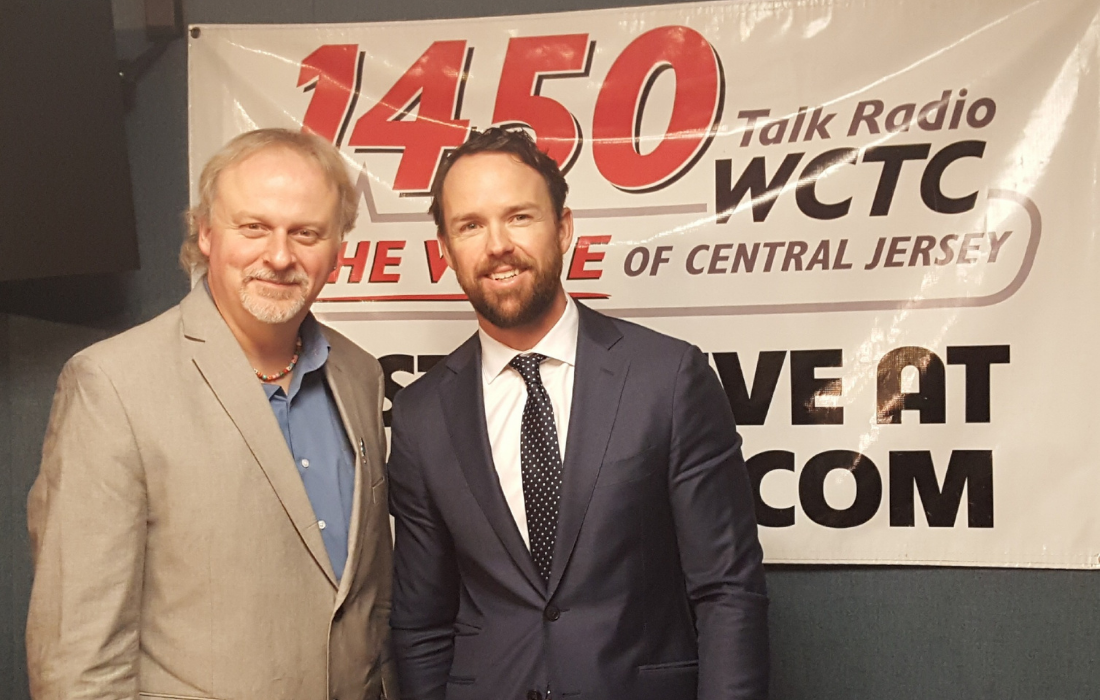Foot Deformities
Foot deformities can be painful and debilitating, affecting one’s ability to walk and perform everyday activities. Often, foot deformities are present at birth, though they can also develop gradually with certain behaviors, such as wearing shoes that are too tight. Sports injuries and arthritic conditions may also lead to foot deformities.
If you have a foot deformity, treating it can help relieve pain and may also improve your ability to play sports and engage in other activities.
Here are common foot deformities and their causes, as well as instructions for requesting an appointment with UOA if you need treatment.
Flatfoot
Also known as fallen arches, flatfoot is a condition in which the hollow arch under the foot flattens when pressure is applied. With flatfoot, the entire underside of the foot touches the floor when you walk or stand.
Flatfoot usually develops over time and is rarely present at birth. Weak foot muscles, joint inflammation and poorly fitting footwear are common causes of this foot deformity.
Treatments for flatfoot include custom orthotics, calf muscle stretches and surgery—the latter of which is typically performed when conservative treatments do not reduce pain. Surgery for flatfoot may involve tendon repair, arch restoration or joint fusion.
Bunions
A bunion is a large, bony bump that forms at the base of the big toe. This deformity causes the joint at the base of the big toe to stick out, which can cause limited movement of the big toe and severe pain when wearing shoes.
Bunions usually develop slowly over time and are more common in women than in men. Wearing poorly fitting shoes with a narrow, pointed-toe box—such as high heels—commonly leads to the development of bunions. This foot deformity may also be caused by inflammatory conditions, including rheumatoid arthritis.
Shoe padding, custom orthotics and medications are conservative treatments for bunions that can reduce pain. Bunion surgery may be performed to remove or correct the bunion if it is causing severe pain or difficulty with walking.
High Arch (Cavus Foot)
A high arch, also known as a Cavovarus foot or cavus foot deformity, is an abnormally high arch in which excess weight is placed on the ball and heel of the foot when walking or standing.
This foot deformity is commonly caused by genetics and may be present at birth. It may also be caused by an underlying neurological condition such as spina bifida, cerebral palsy or muscular dystrophy.
Cavovarus foot can often increase your risk for several other foot conditions, including hammertoes, plantar fasciitis and ankle instability. Conservative treatments for cavus foot include orthotics, bracing, pain relievers and icing. If your cavus foot is causing severe pain, your orthopaedic physician may recommend surgery to alter or remove tendons and bones, which may help reduce pain and improve foot stability.
Hallux Rigidus
Hallux rigidus is a condition in which the joint at the base of the big toe becomes stiffened, causing difficulty and pain when walking.
Also known as “stiff big toe,” hallux rigidus is often caused by wear and tear on the big toe joint, or by a past injury to the big toe that gradually leads to the degeneration of cartilage surrounding the joint. Hallux rigidus may also be caused by a bunion, flatfoot or genetics.
Pain in the big toe joint is one of the most prominent symptoms of hallux rigidus, along with swelling, bumps and redness. Nonsurgical treatments for this foot condition include over-the-counter pain relievers, ice and corticosteroid injections. Cases of hallux rigidus that do not respond to conservative interventions may be treated with surgical methods, including arthroplasty, arthrodesis (bone fusion) or cheilectomy (removal of bone spurs).
Calcaneal Spur
A calcaneal spur, or a heel spur, is a bony growth that forms on the back heel bone. It is usually caused by long-term stress on the foot ligaments, such as that which occurs when wearing unsupportive footwear or having abnormal running form.
Pain and inflammation in the heel are common symptoms of a calcaneal spur. There may also be numbness, tingling and/or a burning sensation in the heel if nerves are affected.
Nonsurgical treatments for this foot condition include rest, ice, supportive footwear and corticosteroid injections. In rare instances, surgery may be performed to remove the bone spur.
University Orthopaedic Associates (UOA) offers foot and ankle surgery and a wide range of other orthopaedic services. Contact UOA today at (732) 537-0909 to request an appointment with a foot and ankle specialist to learn more about treatment options for foot deformities.




